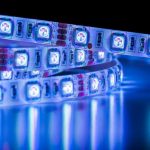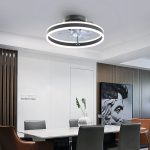Upgrade Your Lighting: How to Easily Change a Fluorescent Light Bulb to LED
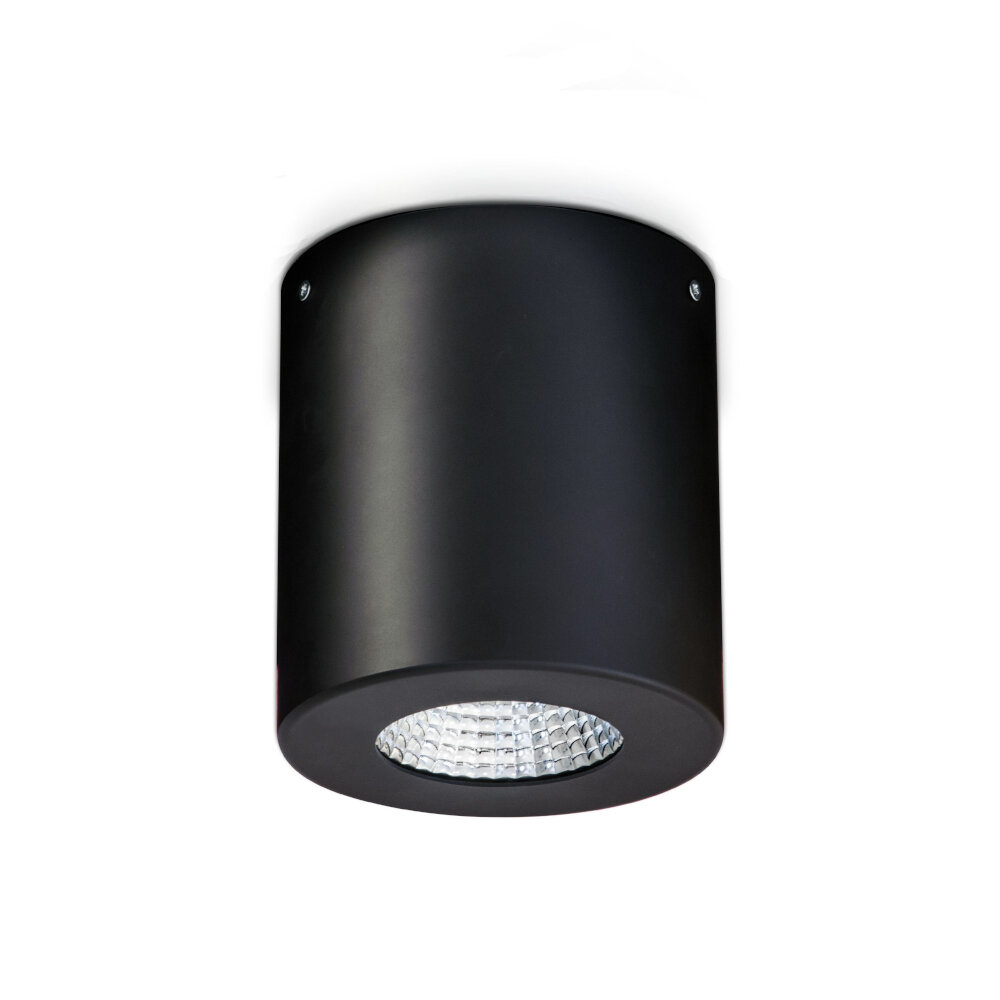
Lighting is an essential aspect of our daily lives. It not only illuminates our surroundings but also sets the mood for any given environment. With the advancement of technology, LED lights have become a popular choice for their energy efficiency and long lifespan. One of the most common lighting fixtures in homes and offices is the fluorescent light bulb. However, these bulbs are less energy-efficient and have a shorter lifespan. In this article, we will explore how to upgrade your lighting by easily changing a fluorescent light bulb to LED. The process of changing a fluorescent light bulb to LED may seem daunting, but it is a simple and cost-effective way to upgrade your lighting. LED bulbs consume less energy and have a longer lifespan, making them an ideal choice for any space. The benefits of LED bulbs don’t stop there; they emit less heat and have a better quality of light compared to fluorescent bulbs. By making this switch, you can save on your energy bills and help reduce your carbon footprint. In the following sections, we will guide you through the steps to change a fluorescent light bulb to LED.
Upgrading to LED lighting offers numerous benefits for homeowners and businesses alike. LED bulbs are highly energy-efficient, using up to 90% less energy than traditional incandescent bulbs. This translates to significant cost savings on energy bills over time. Additionally, LED bulbs have a longer lifespan than traditional bulbs, lasting up to 25,000 hours or more. This means less time and money spent on replacing bulbs. LED bulbs also produce less heat, making them safer and more comfortable to use. They are also available in a variety of colors, making it easy to create a tailored lighting scheme. Overall, upgrading to LED lighting is a smart choice for anyone looking to save money, reduce their environmental impact, and create a more comfortable and versatile lighting environment.
If you’re looking for a cost-effective way to upgrade your lighting, then switching from fluorescent to LED bulbs is a great choice. To change a fluorescent bulb to LED, begin by turning off the power supply to the light fixture. Next, remove the fluorescent bulb from the fixture by twisting it out gently. Then, install the LED bulb by inserting it into the socket and twisting it in place. If necessary, you may need to remove the ballast to ensure proper function of the LED bulb. Finally, turn the power back on and enjoy the energy-efficient and long-lasting benefits of LED lighting. By making this simple switch, you’ll save money on your energy bill and reduce your carbon footprint.
Understanding the Differences between Fluorescent and LED Light Bulbs
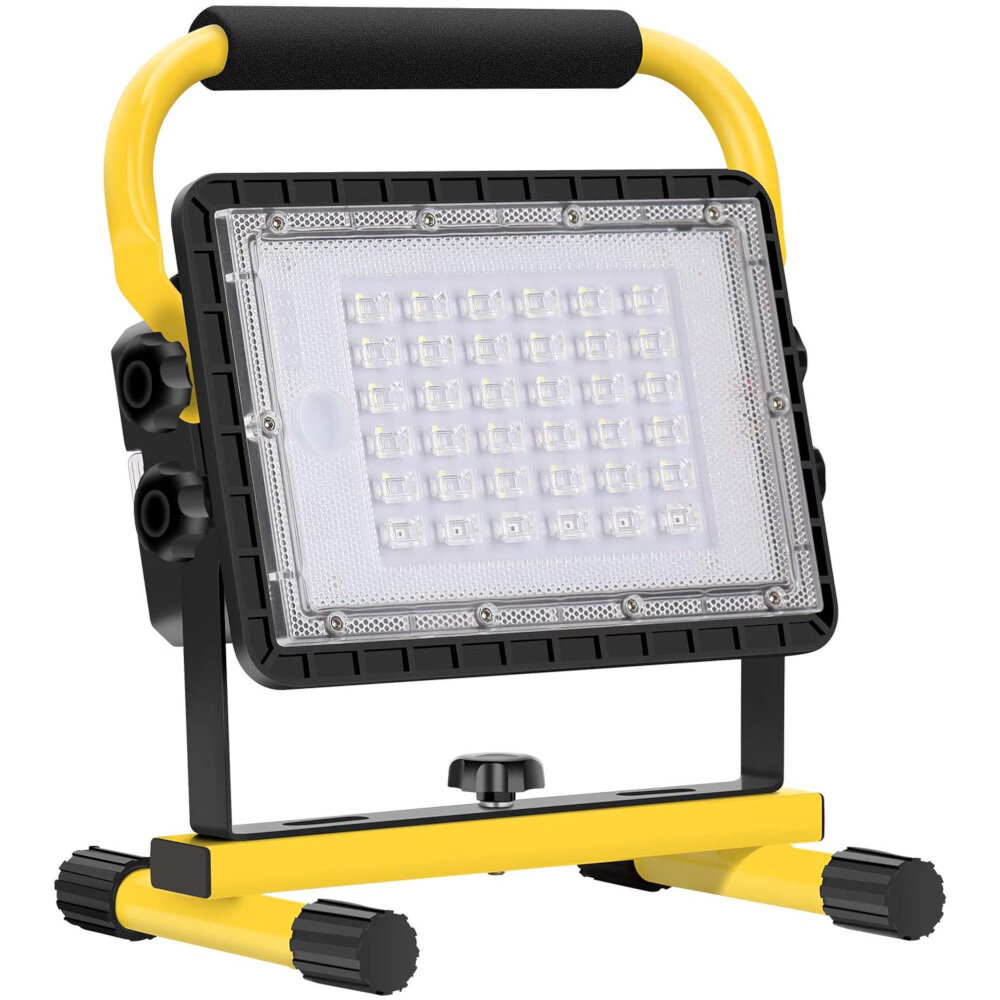
When it comes to lighting, there are many options available on the market. Two of the most popular lighting options are fluorescent and LED light bulbs. While both types of bulbs have their advantages and disadvantages, understanding the differences between the two can help you make an informed decision on which one to choose for your space. Fluorescent bulbs are known for their efficiency and brightness. They are commonly used in commercial and industrial spaces due to their ability to provide a lot of light for a low cost. However, they have a few downsides. For one, they contain mercury, which is a toxic substance that can harm the environment if not disposed of properly. They also tend to flicker and buzz, which can be annoying to some people. Finally, they take a few minutes to warm up and reach their full brightness, which can be frustrating if you need immediate lighting. On the other hand, LED bulbs are a newer technology that have become increasingly popular in recent years. They are highly efficient, long-lasting, and come in a variety of colors and brightness levels. Unlike fluorescent bulbs, they don’t contain any hazardous materials, making them safer for the environment. They also don’t flicker or buzz, and they turn on instantly, providing immediate lighting. While they tend to be more expensive upfront, they are more cost-effective in the long run due to their longevity and energy efficiency. Overall, understanding the differences between fluorescent and LED light bulbs can help you make an informed decision on which one to choose for your space.
Fluorescent light bulbs work by using an electric current to excite mercury vapor, which then emits ultraviolet light. The ultraviolet light causes a phosphorescent coating on the inside of the bulb to emit visible light. This process is more energy-efficient than traditional incandescent bulbs, as it produces less heat and uses less electricity. However, fluorescent bulbs contain small amounts of mercury, which can be harmful if the bulb breaks or is not disposed of properly. As a result, many people are now switching to LED bulbs, which are even more energy-efficient and do not contain hazardous materials.
LED (Light Emitting Diode) light bulbs work by using a semiconductor material that emits light when an electric current passes through it. When voltage is applied to the LED, the electrons in the semiconductor material recombine with electron holes, releasing energy in the form of photons. This process is known as electroluminescence. Unlike traditional incandescent bulbs, which use a filament that burns out over time, LEDs are much more energy-efficient and have a longer lifespan. They also produce less heat and can be designed to emit various colors and intensities of light. By upgrading your lighting to LED bulbs, you can save money on your energy bills and reduce your environmental footprint.
When it comes to lighting, there are two main types of bulbs: fluorescent and LED. Fluorescent bulbs have been around for decades and are known for their energy efficiency, but they can be slow to start and contain hazardous materials. LED bulbs, on the other hand, are incredibly efficient and have a longer lifespan, making them more cost-effective in the long run. They also contain no hazardous materials, making them a safer option for the environment. While fluorescent bulbs may still be a viable option in some situations, switching to LED bulbs is a smart choice for those looking to save money and reduce their environmental impact.
Benefits of Upgrading to LED Lighting
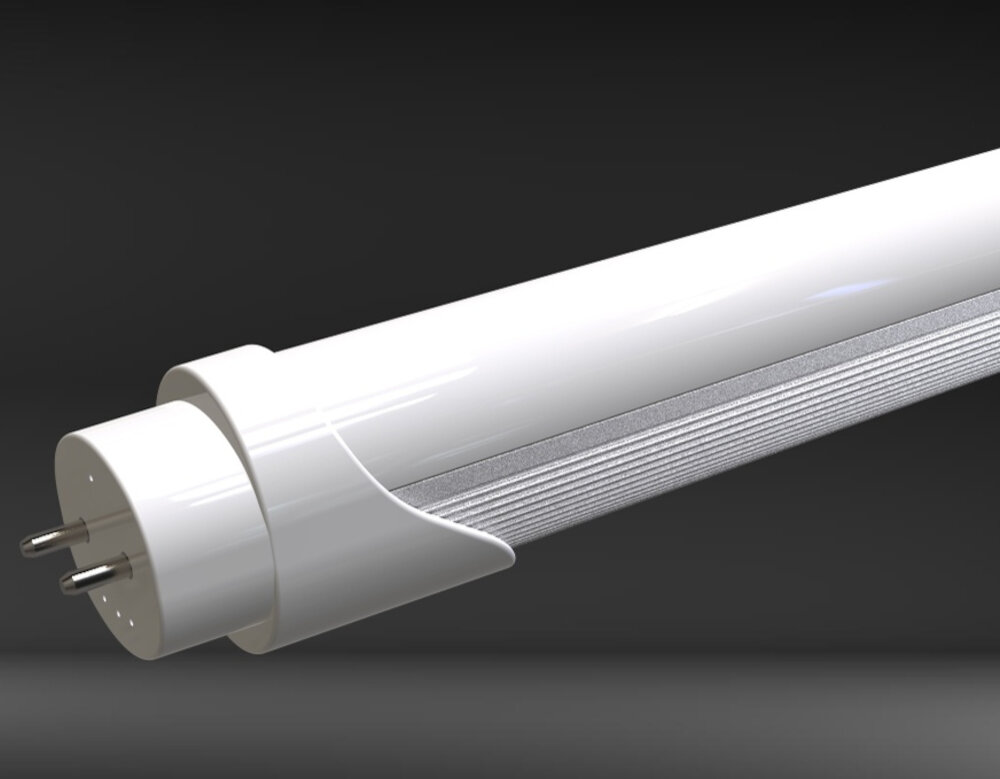
Upgrading to LED lighting is one of the best decisions a homeowner or business owner can make. This transition not only saves energy and money in the long run, but also offers numerous benefits. LED bulbs are more efficient than traditional bulbs since they use less energy to produce the same amount of light. They are also known for their longer lifespan, which can range from 20,000 to 50,000 hours, making them a cost-effective investment in the long run. Additionally, LED lights emit less heat, which makes them safer and more comfortable to use indoors. LED lights also offer a range of customization options that traditional bulbs do not. They come in a variety of colors that can be easily adjusted to fit the mood, occasion, or preference of the user. Additionally, LED lights can be dimmed, which allows for even more flexibility in creating the perfect ambiance. LED lights are also more durable than traditional bulbs since they are made from sturdy materials that can withstand shock and vibration. This makes them ideal for use in a variety of settings, including outdoor spaces, where weather conditions may be unpredictable. Overall, upgrading to LED lighting is a smart investment that offers a range of benefits, including energy savings, cost savings, and enhanced customization options.
LED lighting offers a wide range of benefits that make them an excellent choice for anyone looking to upgrade their lighting. First and foremost, LED lights are incredibly energy-efficient, using up to 90% less energy than traditional incandescent bulbs. This translates into significant cost savings over time. Additionally, LED lights have a much longer lifespan than other types of bulbs, lasting up to 25 times longer than incandescent bulbs. LED lights also emit very little heat, making them safer and more comfortable to use. Finally, LED lights come in a variety of colors and styles, allowing you to customize your lighting to fit your unique needs and preferences. Overall, upgrading to LED lighting is an easy and cost-effective way to improve your home’s lighting while also reducing your energy consumption and environmental impact.
When it comes to lighting, making the switch from fluorescent to LED bulbs can save you money in the long run. While LED bulbs may have a higher upfront cost compared to fluorescent bulbs, they last significantly longer and use less energy. A typical LED bulb can last up to 25,000 hours, whereas a fluorescent bulb may only last up to 10,000 hours. Additionally, LED bulbs use less energy, which can result in lower electricity bills. So, while the initial cost may be higher, the cost savings over time make LED lighting a smart investment. Plus, LED bulbs are also more environmentally friendly, as they contain no harmful chemicals and can be recycled.
Switching to LED lighting is a smart long-term investment as it provides significant energy and cost savings. Although LED bulbs may cost more upfront, they last much longer than traditional bulbs and use less energy, resulting in lower electricity bills. LED bulbs also generate less heat, which means they are safer and reduce the need for air conditioning. Additionally, LED lighting is more environmentally friendly as it produces less waste and contains no toxic materials. This upgrade not only provides financial benefits but also improves the overall quality of lighting in your home or workspace. So, swapping out your fluorescent bulbs for LED bulbs is a wise decision that can lead to significant long-term savings.
Steps to Change a Fluorescent Light Bulb to LED
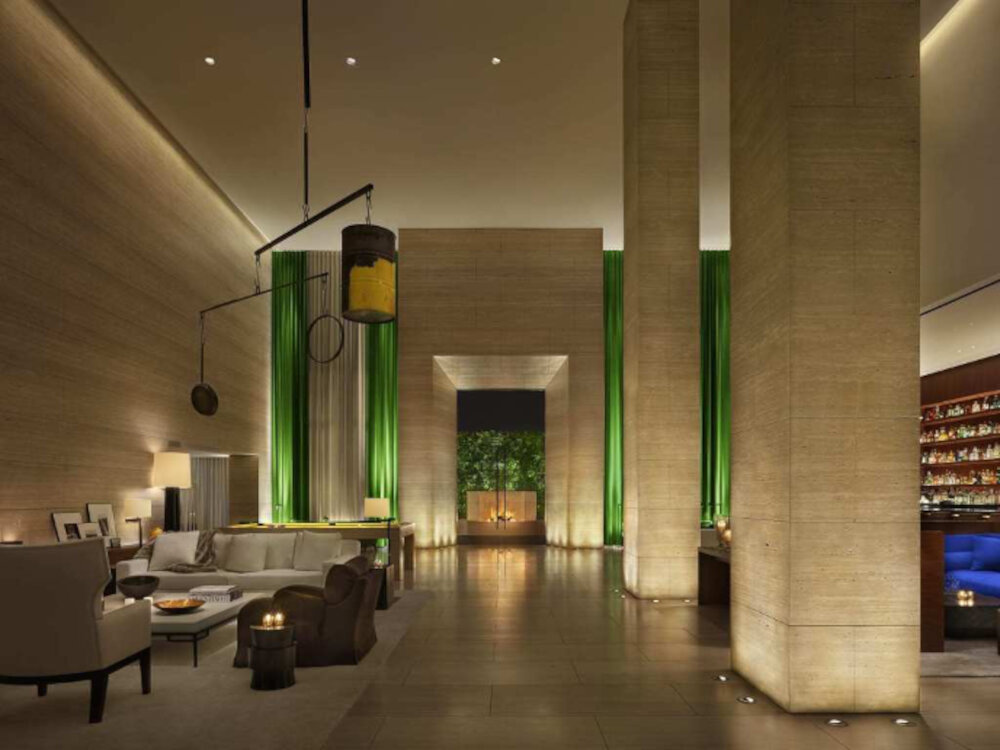
Upgrading your lighting to LED is a smart and energy-efficient decision. Not only do LED lights last longer than traditional fluorescent bulbs, but they also use less energy and emit less heat. Switching out your fluorescent bulbs for LED bulbs is a simple process that can be completed in a few steps. First, turn off the power to the fixture by flipping the switch or turning off the circuit breaker. Next, remove the fluorescent bulb from the fixture by gently twisting it out of the socket. You may need to push up on the bulb and turn it counterclockwise to release it from the socket. Once you have removed the fluorescent bulb, it’s time to install the LED bulb. Start by checking the label on the LED bulb to ensure it’s compatible with your fixture. Then, align the pins on the LED bulb with the slots in the socket and gently push it into place. You should feel the bulb click into place if it’s installed correctly. Finally, turn the power back on to the fixture and test the LED bulb to ensure it’s working properly. With these simple steps, you can upgrade your lighting to LED and enjoy the benefits of energy-efficient and long-lasting bulbs.
To upgrade your lighting from fluorescent to LED, you will need a few things. Firstly, you will need to purchase LED bulbs that are compatible with your current fluorescent fixtures. It’s important to note that LED bulbs come in different shapes and sizes, so make sure to choose the right ones. Additionally, you may need to purchase ballast bypass or ballast compatible bulbs, depending on the type of fixture you have. You will also need a ladder, safety glasses, and gloves to ensure your safety during the installation process. Finally, make sure to turn off the power to the fixture before attempting to replace the bulbs. With these items, you’ll be able to easily upgrade your lighting to the more energy-efficient and cost-effective LED bulbs.
If you’re looking to upgrade your lighting, one of the first steps is to change your fluorescent light bulbs to LED. The good news is that this is a fairly easy task that you can do yourself. To start, turn off the power to the fixture by flipping the switch or turning off the breaker. Next, remove the old fluorescent bulb by gently twisting it to release it from the socket. Then, insert the new LED bulb by aligning the pins with the sockets and pushing it in gently. Once the bulb is securely in place, turn the power back on and enjoy your new, energy-efficient lighting.
Switching from fluorescent light bulbs to LED can be a great decision for both your wallet and the environment. However, it is important to follow some tips to ensure a successful switch. First, make sure to choose the right LED bulb that fits your fixture and provides the desired brightness level. Second, turn off the power and remove the fluorescent bulb carefully. Third, install the LED bulb by following the manufacturer’s instructions and make sure it is securely in place. Finally, turn the power back on and test the bulb to ensure it is working properly. By following these tips, you can easily upgrade your lighting to LED and enjoy the benefits for years to come.
Other Considerations for Upgrading to LED Lighting
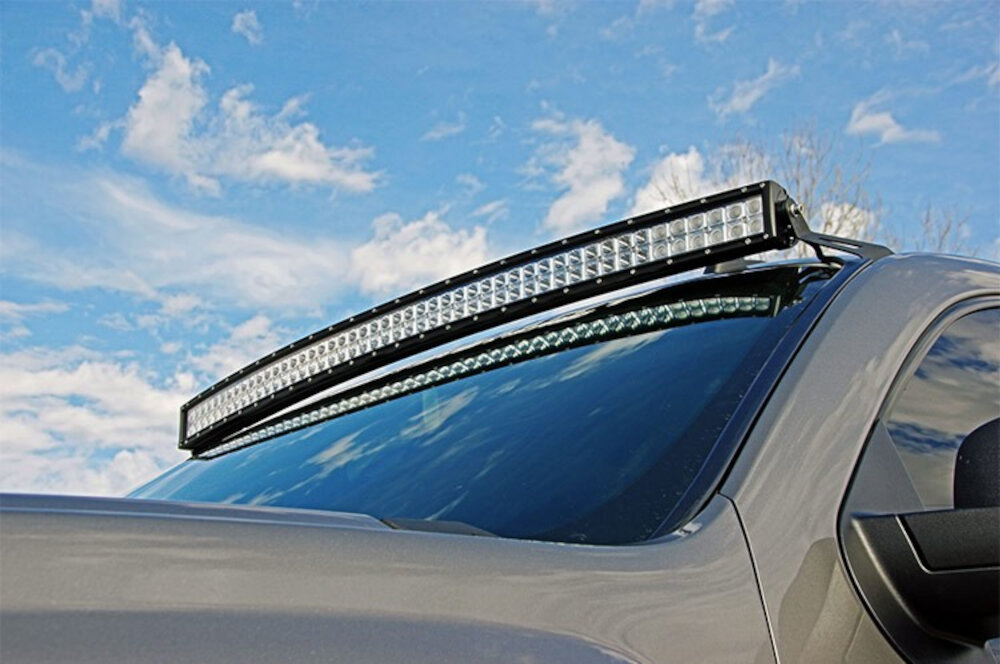
In addition to the energy savings and long lifespan of LED lighting, there are several other considerations when upgrading from traditional fluorescent lighting. One benefit of LED lighting is its flexibility in terms of design and color options. LED lights come in a wide range of colors, from warm white to cool white, and can even be programmed to change colors or dim with the use of a remote control. This allows for more personalized and customized lighting options, which can enhance the overall ambiance of a room or space. Furthermore, LED lights can be designed in various shapes and sizes, making them ideal for unique and creative lighting fixtures. Another important aspect to consider when upgrading to LED lighting is their safety and sustainability benefits. LED lights do not contain toxic substances, such as mercury, which are often present in traditional fluorescent bulbs. This makes LED lighting a safer and more sustainable option for both the environment and human health. Additionally, LED lights do not emit UV radiation, which can be harmful to skin and eyes. This makes them a safer option for use in homes, schools, and other public spaces. Overall, upgrading to LED lighting not only provides energy savings and a longer lifespan, but also offers a range of design options and safety benefits that make it a smart choice for any lighting upgrade.
When considering the switch from fluorescent to LED lighting, there are several other factors to keep in mind. Firstly, it is important to consider the initial cost of the LED bulbs, which may be higher than traditional fluorescent bulbs. However, it is important to note that LED bulbs are more energy-efficient and have a longer lifespan, which can ultimately save money in the long run. Additionally, it is important to ensure that the LED bulbs are compatible with the existing fixtures and wiring in the space. Finally, it may be necessary to adjust the color temperature of the LED bulbs to ensure that they provide the desired level of brightness and ambiance in the space. Overall, while there are several factors to consider when making the switch to LED lighting, the benefits of increased energy efficiency, longer lifespan, and improved lighting quality make it a worthwhile investment.
When choosing LED bulbs for your needs, it is important to consider several factors. First, determine the brightness you require in lumens, which can be found on the bulb packaging or product information. Next, consider the color temperature you prefer, typically measured in Kelvin, which ranges from warm white to cool white. Additionally, check the bulb’s compatibility with your fixtures, as some LED bulbs may not fit or work with certain types of fixtures. Finally, consider the energy efficiency of the bulb, measured in watts, and look for those with the ENERGY STAR label for maximum efficiency. By considering these factors, you can choose the right LED bulbs for your needs and upgrade your lighting to be more energy-efficient and long-lasting.
LED lighting is a popular choice for its energy efficiency, long lifespan, and low maintenance requirements. To ensure the best performance from your LED lighting, it’s important to follow a few tips. First, choose high-quality LED bulbs from reputable manufacturers to ensure they meet industry standards for performance and safety. Second, make sure your lighting fixtures are compatible with LED bulbs and have the proper voltage and wattage ratings. Third, avoid using dimmer switches with LED bulbs unless they are specifically designed for dimming. Fourth, keep your LED bulbs clean and free from dust and debris, which can reduce their efficiency and lifespan. Finally, consider installing an LED-compatible dimming system to control the brightness of your lighting and save energy. By following these tips, you can enjoy the many benefits of LED lighting for years to come.
Upgrading to LED lighting has numerous benefits. Firstly, LED lights use significantly less energy than traditional fluorescent bulbs, leading to lower electricity bills and reduced carbon emissions. They also have a longer lifespan, lasting up to 25 times longer than traditional bulbs, which saves money on replacement costs. Additionally, LED lights do not contain harmful materials such as mercury, making them safer for the environment. They also produce less heat, making them safer to use and reducing the need for air conditioning. Overall, upgrading to LED lighting is a cost-effective and environmentally friendly choice that provides numerous benefits.
Upgrading from fluorescent to LED bulbs can save you money and energy in the long run. To change a fluorescent light bulb to LED, you will need to follow a few simple steps. First, turn off the power supply to the fixture. Then, remove the old bulb and ballast from the fixture. Next, install the LED driver and connect the LED bulb to the driver. Finally, turn the power supply back on and test the new bulb. It is important to note that not all fluorescent fixtures can be easily converted to LED, so be sure to do your research before making a purchase. Additionally, it is important to choose the right LED bulb for your fixture, as there are different sizes and types available. With these steps and tips, changing a fluorescent light bulb to LED can be a simple and worthwhile upgrade.
Making the switch to LED lighting is a smart move that not only saves you money but also helps the environment. LED bulbs use less energy and last longer than traditional bulbs, reducing your electricity bill and the need for frequent replacements. Plus, they emit less heat and contain no harmful substances, making them safer and more eco-friendly. The initial cost may be slightly higher, but the long-term benefits and return on investment are worth it. So, don’t hesitate to upgrade your lighting and make the switch to LED today. Your wallet and the planet will thank you.
Conclusion
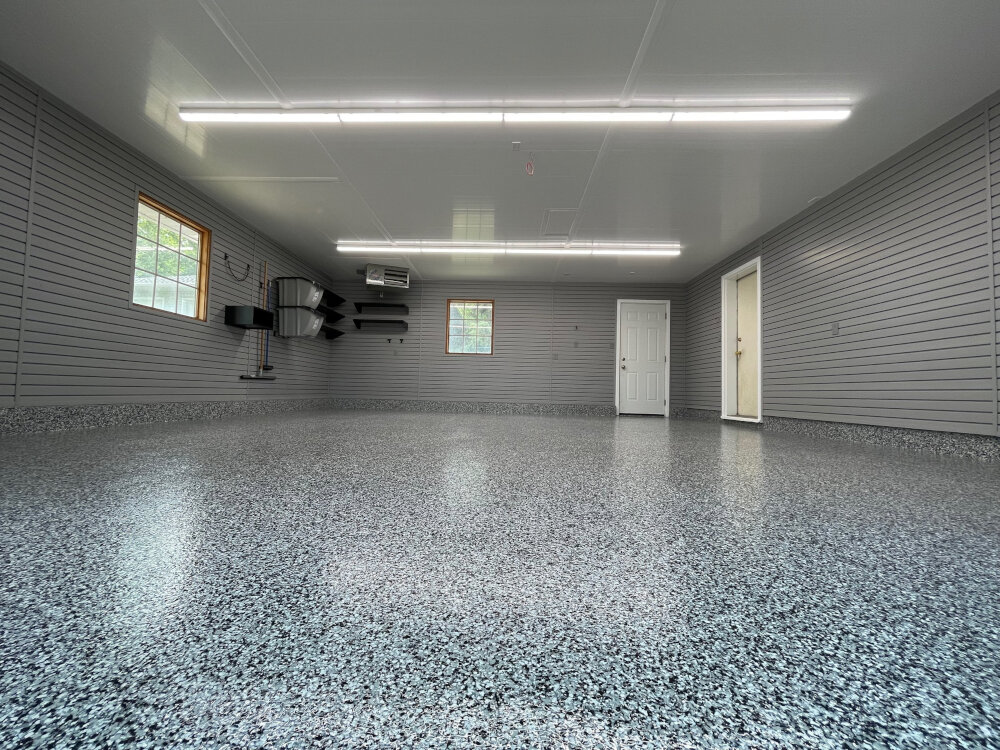
In conclusion, upgrading your lighting from fluorescent to LED is a simple and cost-effective way to improve the energy efficiency and overall quality of your lighting. With the right tools and a little bit of know-how, you can easily make the switch and enjoy the many benefits of LED lighting, including brighter, more natural-looking light, longer lifespan, and reduced energy costs. So why not make the switch today and start enjoying the many advantages of LED lighting? Your wallet, your eyes, and the environment will thank you.

